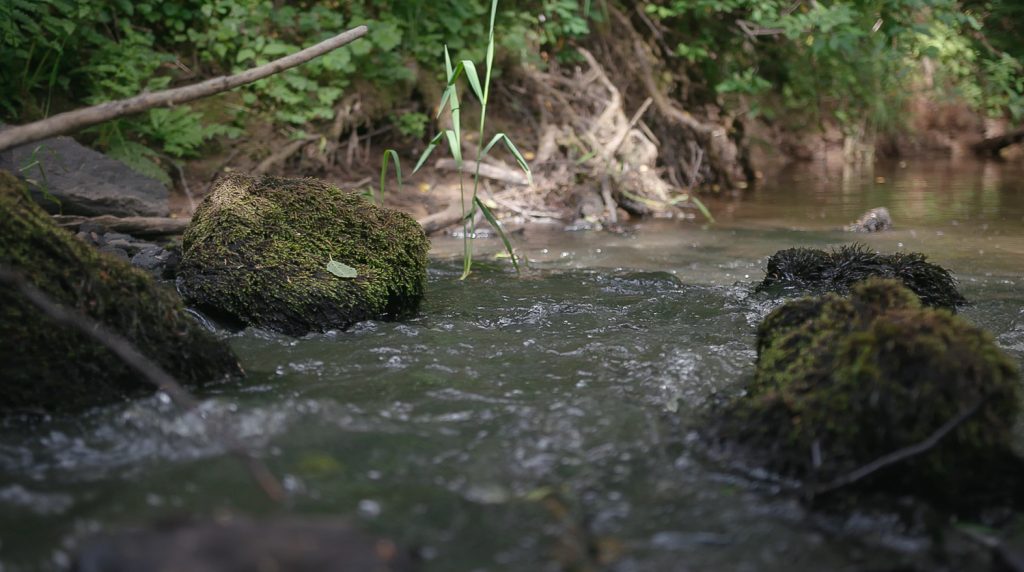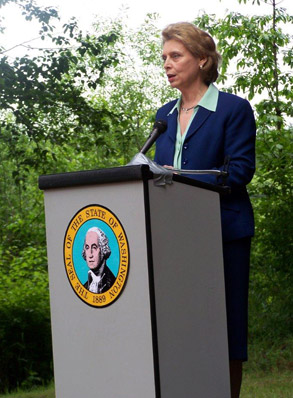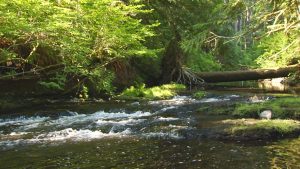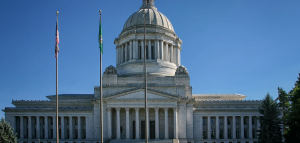WASHINGTON FOREST PROTECTION ASSOCIATION
Stream Restoration

Welcome to Washington’s remarkable journey in stream restoration and conservation through the Forests & Fish Law. This historic, science-based set of regulations is a testament to the commitment of the state, federal government, tribal nations, and private forestland owners in safeguarding our natural heritage. With a primary focus on protecting 60,000 miles of streams across 9.3 million acres of forests, this legislation has set the gold standard for environmental preservation in the United States.
The Forests & Fish Law: A Landmark Achievement
The Forests & Fish Law, endorsed by the federal government in 2006 through a statewide Habitat Conservation Plan, represents one of the most comprehensive pieces of environmental legislation in the country. It not only aligns with the federal Endangered Species Act (ESA) and the Clean Water Act (CWA) but also serves as a robust framework for the protection of Washington’s native fish and aquatic species while ensuring clean water compliance.
A Collaborative Effort
The journey towards achieving these conservation goals was marked by collaboration at its core. Federal, state, tribal, and county governments, along with private forest landowners, worked together for a year and a half to adapt forest practices rules. These changes aimed to enhance forest road and culvert infrastructure, widen buffer zones along streambanks and identify and protect unstable slopes. Moreover, an Adaptive Management monitoring program was instituted to evaluate the effectiveness of these rule modifications.
Guided by Science
Adaptive Management
Adaptive Management is characterized as “learning by doing,” leverages the best available science to monitor and validate whether forest practices meet the standards set by the Forests & Fish Law. The rules governing forest practices are continually assessed for their effectiveness in achieving resource objectives, and they are designed to evolve based on peer-reviewed scientific studies..
Scientific Support: Cooperative Monitoring, Evaluation, & Research
CMER (Cooperative Monitoring, Evaluation and Research) Cooperative Monitoring, Evaluation, and Research (CMER) serves as the scientific research arm of the Adaptive Management initiative. CMER generates scientific data that informs policymakers and the Forest Practices Board, the entity responsible for refining forest practices rules.
Bipartisan Backing from the Legislature
The Forests & Fish legislation (officially ESHB 2091) received robust bipartisan support when it was passed on May 19, 1999. Former Governor Gary Locke signed it into law on June 7, 1999. This act directed the state’s Forest Practices Board to adopt permanent rules for implementing forest and fish protection measures, effective July 1, 2001. On June 6, 2006, the State of Washington approved the 50-year Forest Practices Habitat Conservation Plan, a significant achievement. This plan, resulting from the Forests & Fish Law, stands as the largest multi-species Habitat Conservation Plan (HCP) in the nation. It safeguards all native fish species, seven amphibians, and 60,000 miles of streams across 9.3 million acres of non-federal forestland in Washington.

Conclusion
Washington’s commitment to stream restoration and conservation through the Forests & Fish Law is a remarkable example of effective environmental stewardship. By collaborating across various sectors and employing scientific rigor, the state ensures the long-term health of its forests and aquatic ecosystems while safeguarding endangered species. This legislation serves as an inspiration for environmental conservation efforts nationwide.


